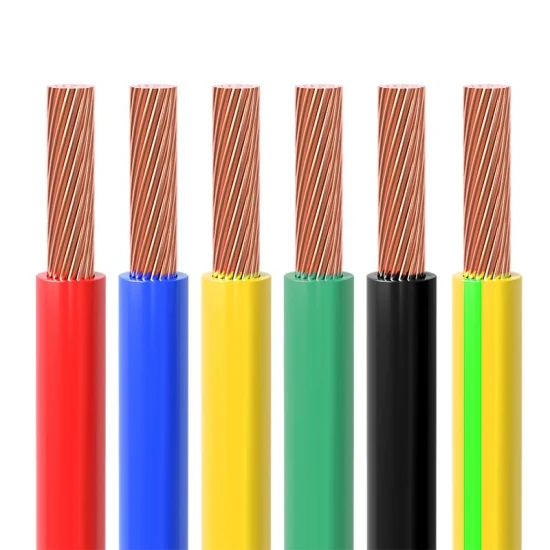
Electric cables are an essential component of modern society, enabling the transmission of electricity from power sources to various devices and systems. Understanding how electric cables work is crucial for anyone seeking to comprehend the intricate mechanisms that power our world. In this article, we will delve into the inner workings of electric cables, exploring their structure, function, and significance in today's technological landscape.
Structure of Electric Cables
At its core, an electric cable is a conductor that facilitates the flow of electrical current. The most common type of electric cable consists of several components, including conductors, insulation, shielding, and jacketing. The conductor, typically made of copper or aluminum, serves as the pathway for electrical current. Surrounding the conductor is the insulation, which prevents the current from escaping and protects against electrical hazards. In some cases, shielding is added to minimize electromagnetic interference, while jacketing provides additional protection and durability.
Function of Electric Cables
The primary function of electric cables is to transmit electrical power from one point to another with minimal loss and interference. When a voltage is applied to the conductor, it creates an electric field that causes the free electrons within the conductor to move, thus generating an electric current. The insulation surrounding the conductor ensures that the current remains confined within the cable, preventing leakage and maintaining safety. Additionally, shielding helps to minimize the impact of external electromagnetic fields, ensuring the integrity of the transmitted signal.
Significance of Electric Cables
Electric cables play a pivotal role in numerous industries, including power generation, telecommunications, transportation, and manufacturing. In the realm of power generation and distribution, high-voltage cables are used to transmit electricity over long distances, delivering energy from power plants to homes and businesses. In the telecommunications sector, fiber optic cables enable the rapid transmission of data across vast networks, underpinning the digital infrastructure of the modern world. Furthermore, electric cables are integral to the operation of vehicles, machinery, and electronic devices, providing the essential connectivity required for their functionality.
In conclusion, electric cables are the unsung heroes of our electrified world, facilitating the seamless transmission of power and data across diverse applications. By understanding the intricate workings of electric cables, we gain a deeper appreciation for the technological marvels that surround us. From the conductors to the insulation and shielding, every component of an electric cable plays a crucial role in ensuring the reliability and safety of electrical transmission. As we continue to advance technologically, the evolution of electric cables will undoubtedly remain at the forefront of innovation, driving progress and connectivity in the digital age.





